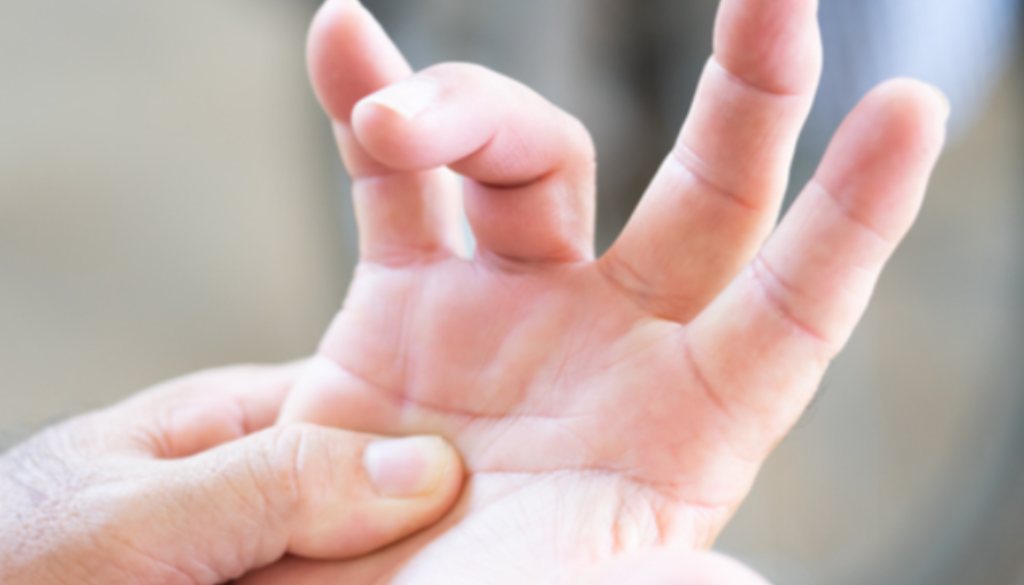Unlocking the Mystery of Trigger Finger: A Deep Dive into Digital Age Ailments

New Delhi, 29th December 2023: In an era dominated by constant interaction with gadgets such as phones, computers, and tablets, the prevalence of trigger fingers is on the rise. The repetitive motions of fingers on screens and keyboards can lead to this condition, causing discomfort and hindering normal finger movement. It is crucial to comprehend what a trigger finger is, recognize its risk factors, and understand effective management strategies.
What is Trigger Finger?
Trigger finger is a debilitating condition characterized by fingers becoming stuck in a bent position, impeding their ability to straighten. This disorder is often accompanied by a distinct clicking sound during finger extension. The swelling of finger tendons makes it painful to move them, impacting one’s ability to perform daily tasks. Trigger finger can affect one or more fingers, with a higher incidence observed in women.
Symptoms and Risk Factors:
Symptoms of the trigger finger include a cracking sound during finger movement, the formation of lumps or swelling near the affected finger, difficulty holding objects, an inability to straighten fingers, and morning stiffness in the fingers. Several risk factors contribute to the development of trigger fingers, ranging from prolonged activities such as computer work or gardening to medical conditions like diabetes, arthritis, or thyroid issues.
Seeking Professional Intervention:
The trigger finger does not resolve on its own, necessitating professional medical attention. Individuals experiencing stiffness or difficulty in finger movement are urged to seek prompt intervention. Treatment options may include stretching exercises to reduce stiffness and strengthen hand and finger muscles. It is essential to avoid overexertion of the affected finger and to take regular breaks for stretching. Rest plays a fundamental role in preventing the worsening of the condition.
Effective Management Strategies:
Managing the trigger finger involves incorporating stretching exercises into one’s routine to reduce stiffness and enhance muscle strength. It is crucial to strike a balance, avoiding overexertion while promoting regular movement. The use of adaptive tools, such as soft protective coverings on objects requiring gripping, can alleviate stress on the fingers and reduce swelling.








